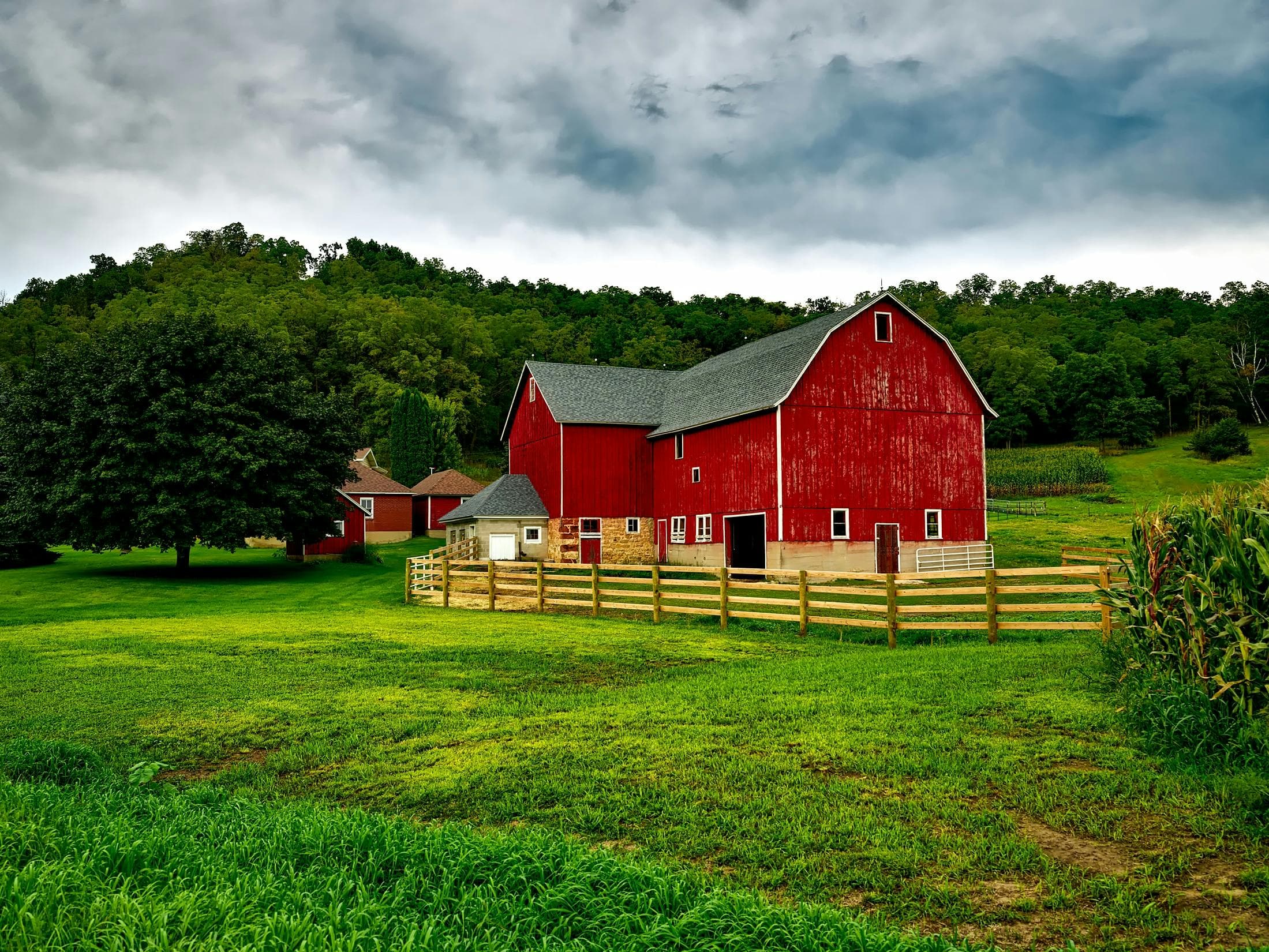It doesn’t just take a village to raise a child, a community helps with so many ways, and it is a shame that we live in such a disconnected world from each other.
With the power of community, you can get so many things done. Projects that might be insurmountable for one person, or cost a ton of money, can be completed quickly, easily, and with a fraction of the expenditure, if done together with a community.
Barn raisings may be known as a strictly Amish practice, but taking that concept and applying it to many other projects can help a community truly thrive.

Modern Barn Raising: A Solution for Tough Times
Inflation. Rising costs. It’s getting harder to cover even the basics, let alone think about fixing the fence, repairing the shed, or sprucing up the garden. Skilled labor is expensive and hard to find. You’d love to handle it yourself, but you lack the skills – and the help.
Interestingly, communities in the past faced even greater hardships (hard to imagine, right?), but they found ways to overcome them. One of the most effective and enduring solutions was barn-raising, a tradition rooted in mutual aid and cooperation.
This practice exists across cultures, known as “work bees” in North America, “harambee” in parts of Africa, and “minga” in Latin America. Regardless of the name, the concept is the same: neighbors come together to help one household, then move on to assist another, creating a cycle of shared support.
Today, in an age of social media and growing disconnection, perhaps we need that sense of community now more than ever.
In this article, we’ll explore how to bring this tradition into modern life, with actionable steps for organizing your own version of a community work day.
Why Embrace Modern Barn Raising?
Modern barn raisings are about more than just saving money; they are about fostering a sense of belonging and purpose. By pooling resources and skills, communities and individuals can achieve goals that might otherwise be unattainable. In short – these projects bring people together in meaningful ways.
Cost savings are another significant benefit. Materials can be donated or purchased in bulk, saving up to 27%, and participants provide labor voluntarily. This approach not only reduces expenses but also ensures that everyone involved has a stake in the project’s success.
Learning new skills is just as important. Let’s be honest – we’re becoming more and more helpless. Watching YouTube tutorials is great, but it’s no substitute for real, hands-on experience. When you work with others in a community setting, there’s always someone who knows the right tools, techniques, and tricks. You can learn from them, improve your skills, share knowledge, and ultimately save money by handling your own repairs and projects.
Getting Started
So, how do you actually organize a barn raising (or any community work project)? Let’s break it down into simple, actionable steps to get you from idea to execution.
Define Your Project
Determine the scope and purpose of your project. Whether it’s building a community garden shed, repairing fences, or constructing a shared workspace, clarity is key. Consider how many people you’ll need and what skills are required.
Gather Your Team
Reach out to neighbors, friends, and local organizations. Ensure diversity in skills and backgrounds to cover all aspects of the project. Identify leaders who can oversee specific tasks and coordinate efforts.
Prepare in Advance
Clear the site, gather materials, and assign roles. For larger projects, consider laying foundations or preparing the ground beforehand. Ensure all necessary tools and equipment are available.
Set a Date and Communicate
Choose a date that works for most participants and communicate clearly about expectations, roles, and what to bring. Use social media, community boards, or word-of-mouth to spread the word.
Plan for Food and Breaks
Organize meals and snacks to keep morale high. Simple dishes that can be prepared in advance are ideal. Ensure access to water and easy snacks throughout the day.
Keep Safety in Mind
Safety is paramount in any large-scale project involving physical labor. Ensuring that participants have access to protective gear like gloves, helmets, and sturdy footwear is essential. Designate someone with experience in safety protocols to oversee operations and address potential hazards.
For projects involving heavy lifting or machinery, proper training should be provided beforehand. Clear communication is also vital; everyone should know their roles and responsibilities to avoid confusion or accidents.
Adding humor and camaraderie can make even the dullest safety topics more interesting while keeping them memorable. A little lightheartedness goes a long way in setting the tone for a fun yet productive event. For example, consider sharing high-visibility safety gear with funny slogans – like those from Armed American Supply. It’s a simple way to promote safety while boosting team spirit.
Keep the Momentum Going
While barns may no longer be central to everyday life for most people, the concept of barn raising can be applied to various modern contexts. Community gardens, school playgrounds, urban farming initiatives, and even helping someone to create a nursery on a budget – are just some examples where collective action can make a significant impact.
Some individuals may hesitate to join a barn raising because they feel unable to reciprocate – due to physical limitations, disabilities, or other constraints. However, meaningful contributions go beyond manual labor. Planning, coordinating, and offering encouragement are all essential roles. By maintaining a steady flow of diverse projects, communities can ensure inclusivity and make sure everyone has a way to participate.
Conclusion
Organizing a modern barn raising is about more than just completing a project; it’s about building connections and creating lasting memories. When people come together with shared intent and effort, there’s no limit to what they can achieve – both for their communities and themselves.



